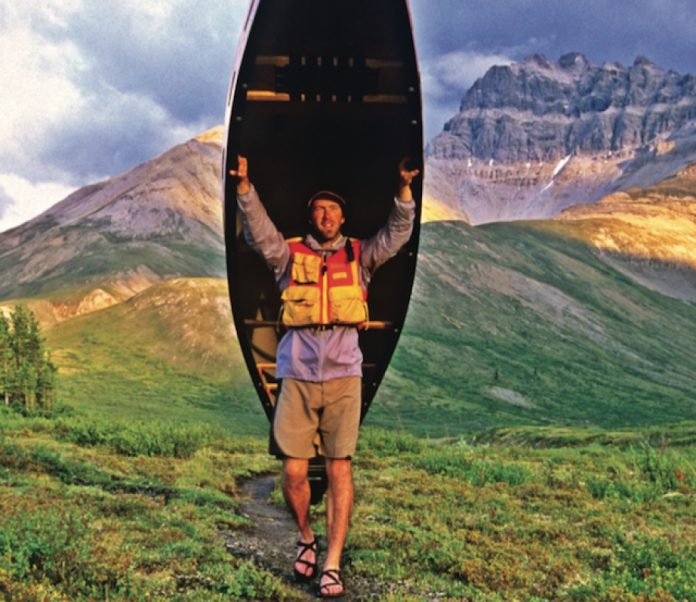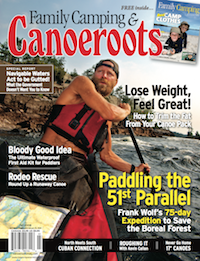Carving a descent through 6,200 feet of unyielding granite, water from the South Fork San Joaquin has earned a reputation for being the hardest working water in the world. On its turbulent journey, the water is reused nine times as the river runs a gauntlet of lakes, tunnels and powerhouses all part of the Big Creek Hydroelectric Project. Construction of Big Creek began in 1912 and the last powerhouse at Balsam Meadow, built in 1987, is 1,000 feet underground and carved from solid granite. Big Creek, California’s largest hydro project, swallows all but a trickle of the South Fork’s aquamarine waters.
Information regarding the project is held as tightly as the hold on water flows. In late August, American Whitewater volunteer Paul Martzen heard rumours of a release.
“The hydro project had to move more water than they could get through the generators,” explained Martzen. Thirsty farmers down the valley meant water in the South Fork, and a shot at a first descent. The flow window would be brief and uncertain—the release starting on the Friday of Labour Day weekend. “My contact was fairly sure that the release would last through Sunday.”
With a three-day window, a group of four California and Oregon kayakers decided to go for it. Ben Stookesberry, Darin McQuoid and Matt Thomas drove through the night to meet with Kevin Smith for a once-in-a-lifetime assault on the river.
“It was no surprise that we had to portage large sections of Mono Creek, a small tributary inundated by 500 cubic feet per second,” says Smith. “The Middle Fork San Joaquin is known as the hardest run in California, but the South Fork takes everything about it to the next level.”
The run is filled with inescapable granite gorges, mandatory class V+ rapids, complex portages and pure wilderness scenery. For the first three days the group was surprised at how much they paddled, but late into day three it was painfully obvious they wouldn’t get out in the alloted time.
“Large sieves made us leave river level and portage over gorges,” says Thomas. Increasingly numerous and treacherous portages made for slow progress. As three days stretched to four, Big Creek’s gates closed and the South Fork eased back underground into restless hiding.
“The South Fork San Joaquin is the hardest of the High Sierras,” says Stookesberry. “It’s an absolute classic multi-day.”
Too bad it’s gone.
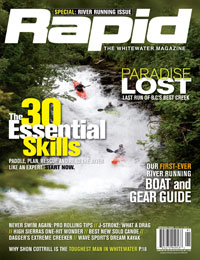
This article first appeared in the Spring 2009 issue of Rapid Magazine.



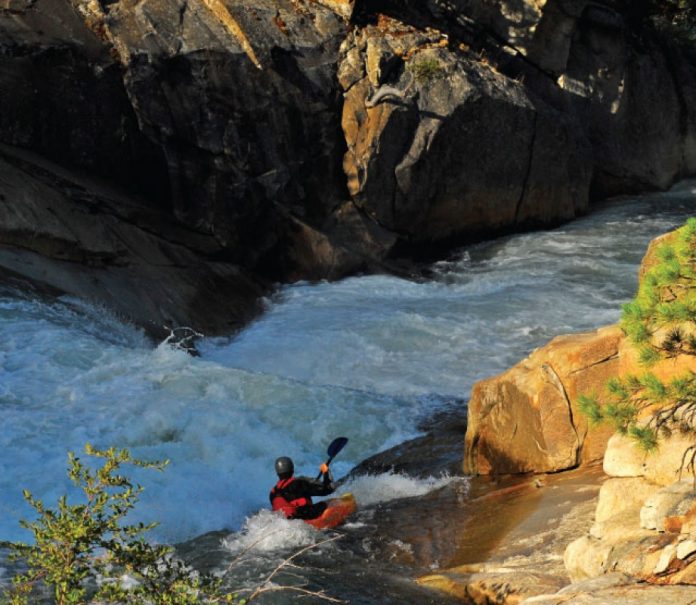
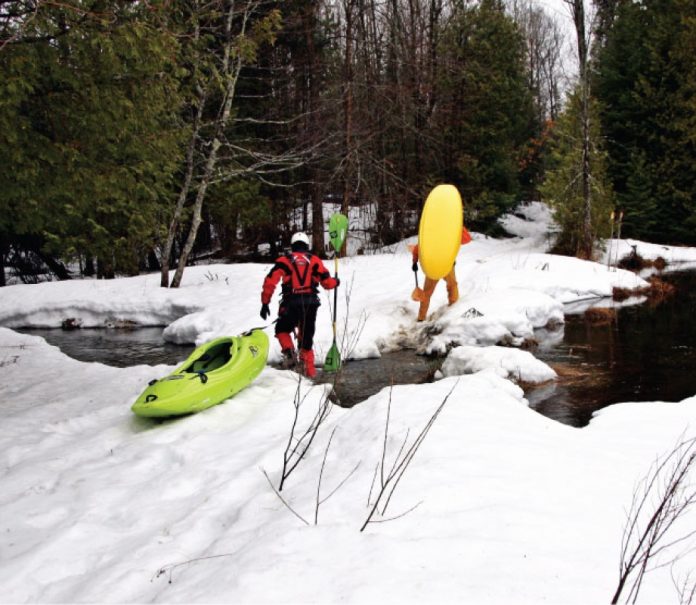
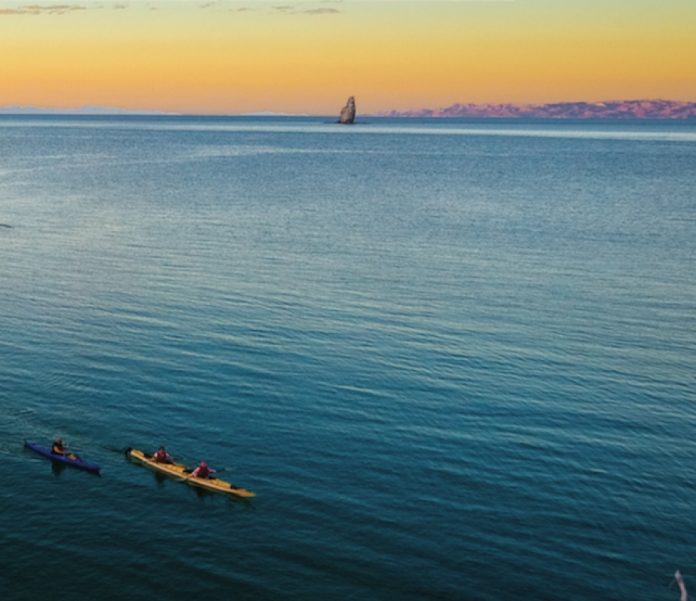
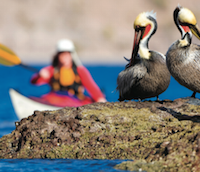 Destination trips are the most straightforward, where you launch and land in roughly the same place and paddle around for a week or so in between. popular destinations include three national marine parks with islands: Bahia de Los angeles—or Bay of L.A. — (1,013 km or 630 road miles from Tijuana), Bahia de Loreto (1,700 km or 1,100 miles) and Espiritu Santo (near La Paz, 2,414 km or 1,500 miles). Recently protected for their uniqueness, fragility and abundance of life, these parks also manage kayakers. Permits can be bought in the park office in the respective towns.
Destination trips are the most straightforward, where you launch and land in roughly the same place and paddle around for a week or so in between. popular destinations include three national marine parks with islands: Bahia de Los angeles—or Bay of L.A. — (1,013 km or 630 road miles from Tijuana), Bahia de Loreto (1,700 km or 1,100 miles) and Espiritu Santo (near La Paz, 2,414 km or 1,500 miles). Recently protected for their uniqueness, fragility and abundance of life, these parks also manage kayakers. Permits can be bought in the park office in the respective towns.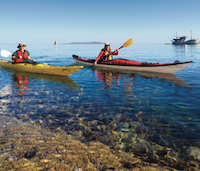 Expeditions commit serious time to travelling by sea. Paddling the length of the sea of Cortez often begins in unremarkable san Filipe. “The only reason people start at san Filipe is to say they did the whole thing,” declared expedition paddler Dan Kennedy after starting there three times.
Expeditions commit serious time to travelling by sea. Paddling the length of the sea of Cortez often begins in unremarkable san Filipe. “The only reason people start at san Filipe is to say they did the whole thing,” declared expedition paddler Dan Kennedy after starting there three times.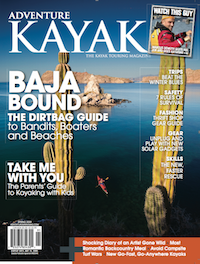 This article first appeared in the Spring 2009 issue of Adventure Kayak Magazine. For more great content, subscribe to Adventure Kayak’s print and digital editions
This article first appeared in the Spring 2009 issue of Adventure Kayak Magazine. For more great content, subscribe to Adventure Kayak’s print and digital editions 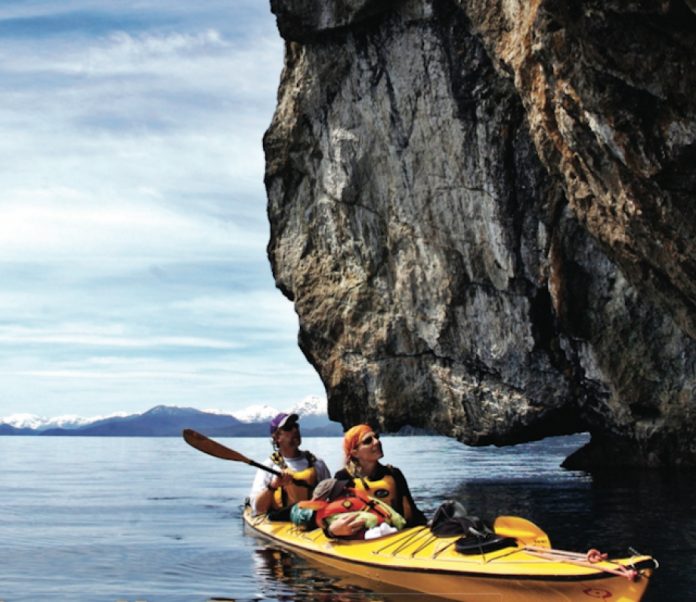
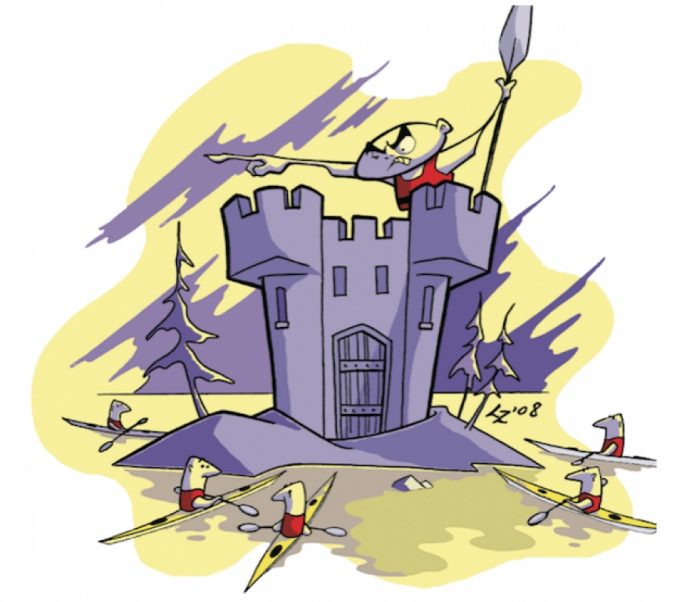
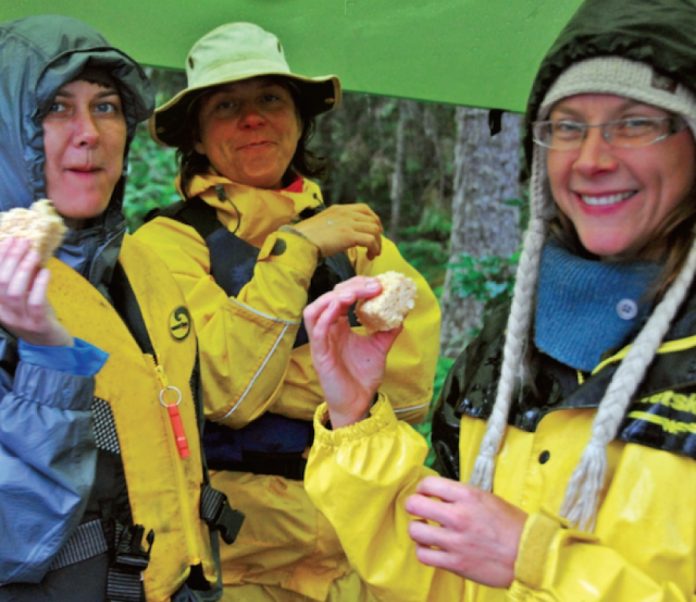
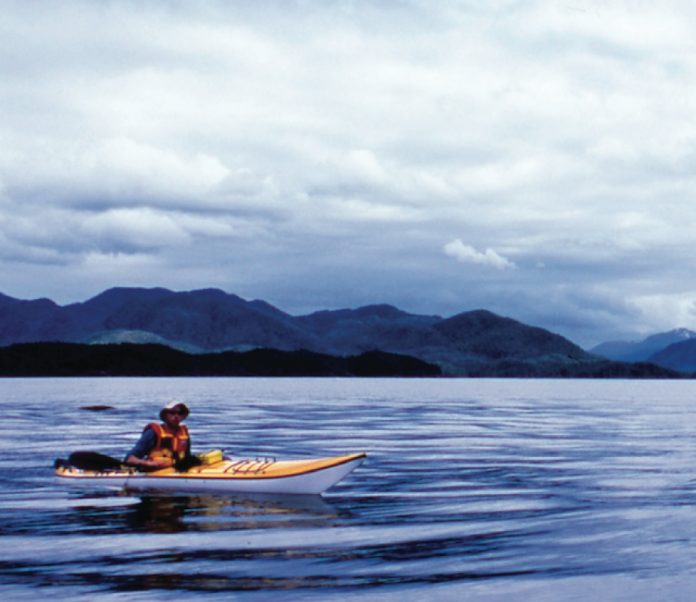
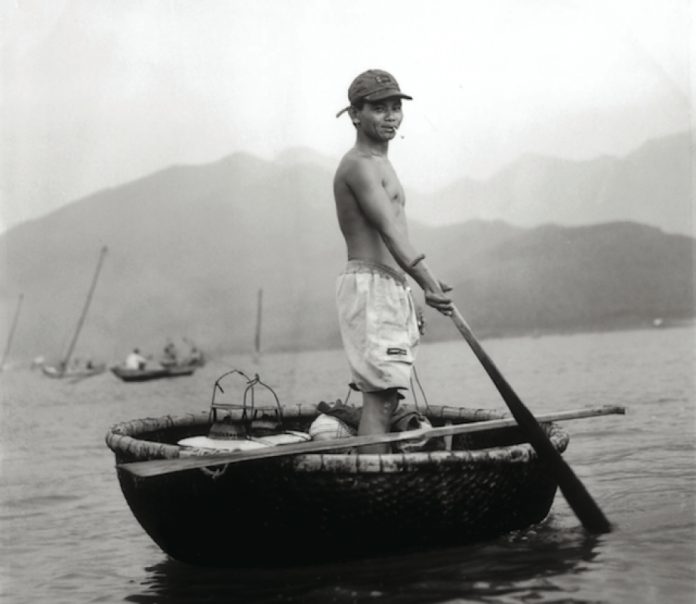
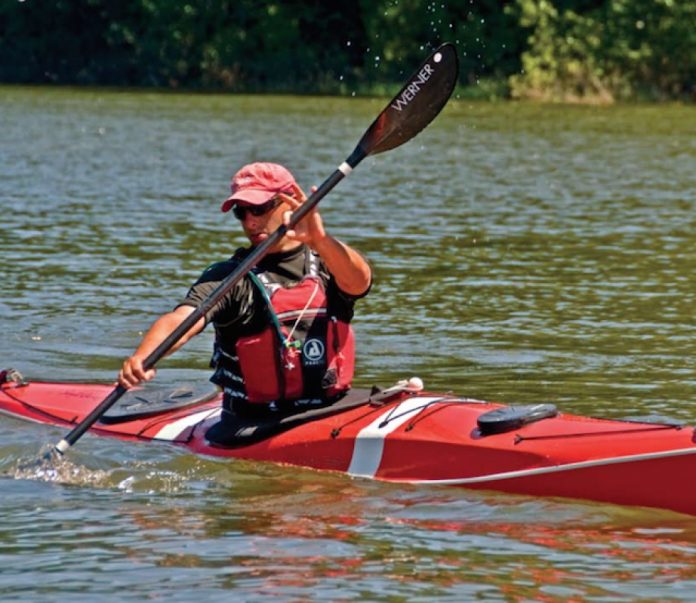
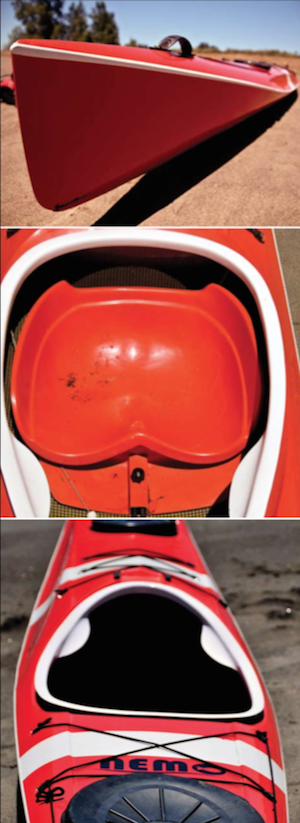
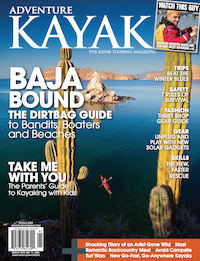 This article first appeared in the Spring 2009 issue of Adventure Kayak magazine. For more boat reviews, subscribe to Adventure Kayak’s print and digital editions
This article first appeared in the Spring 2009 issue of Adventure Kayak magazine. For more boat reviews, subscribe to Adventure Kayak’s print and digital editions 